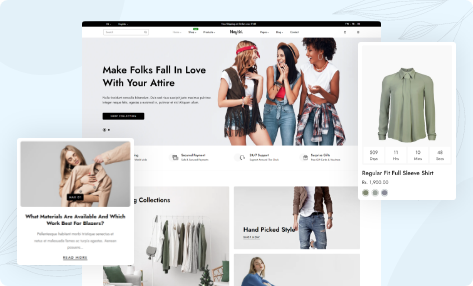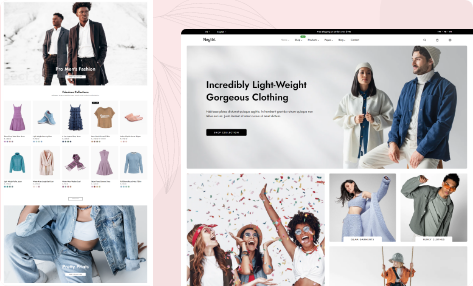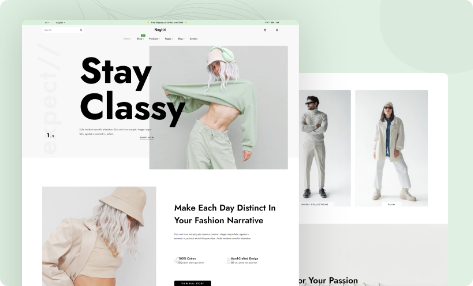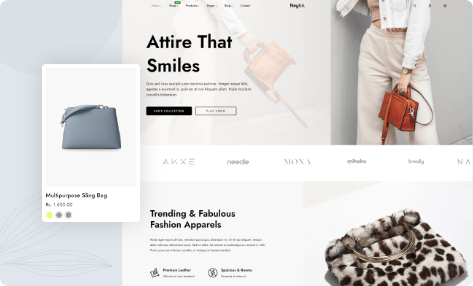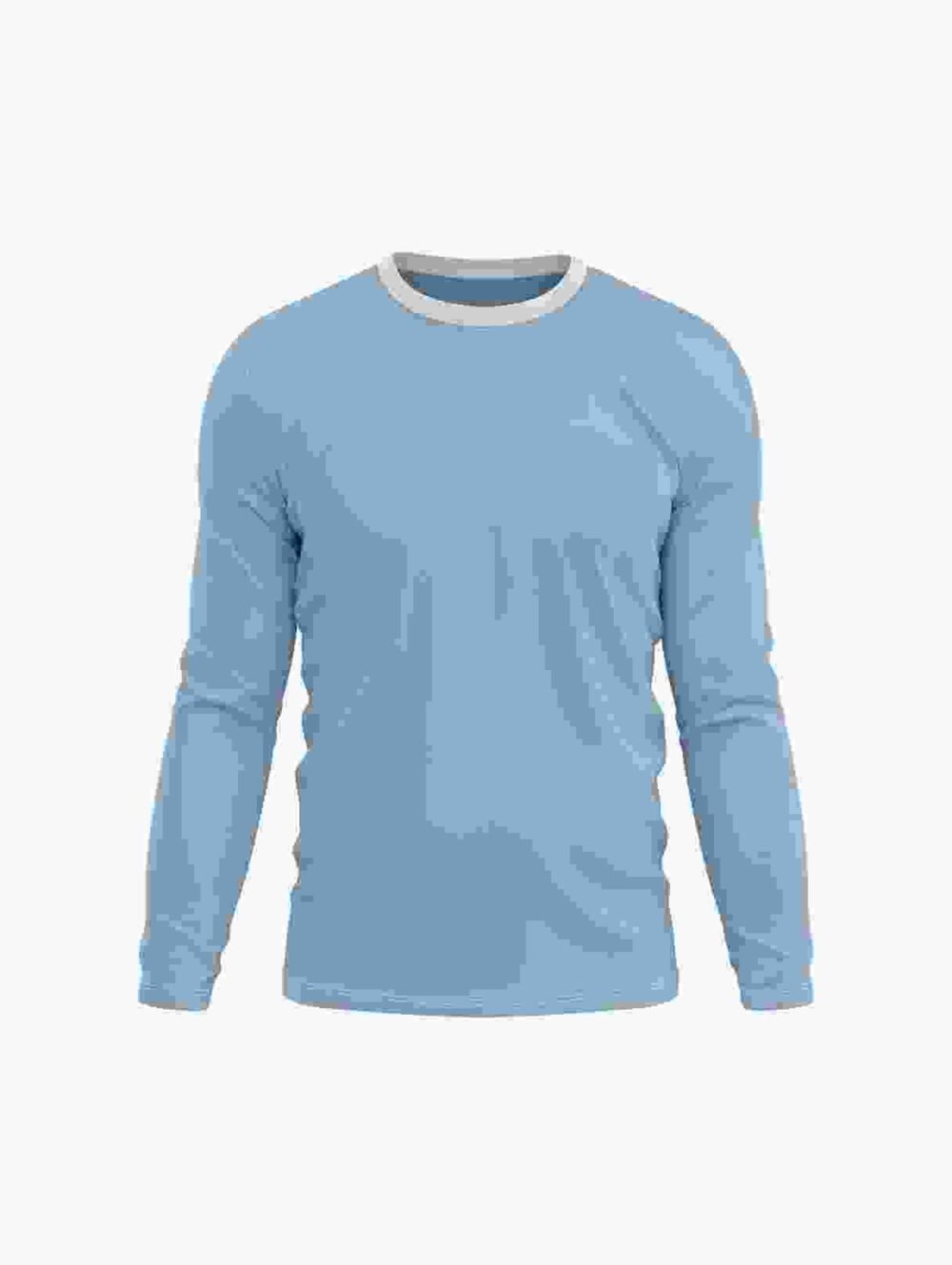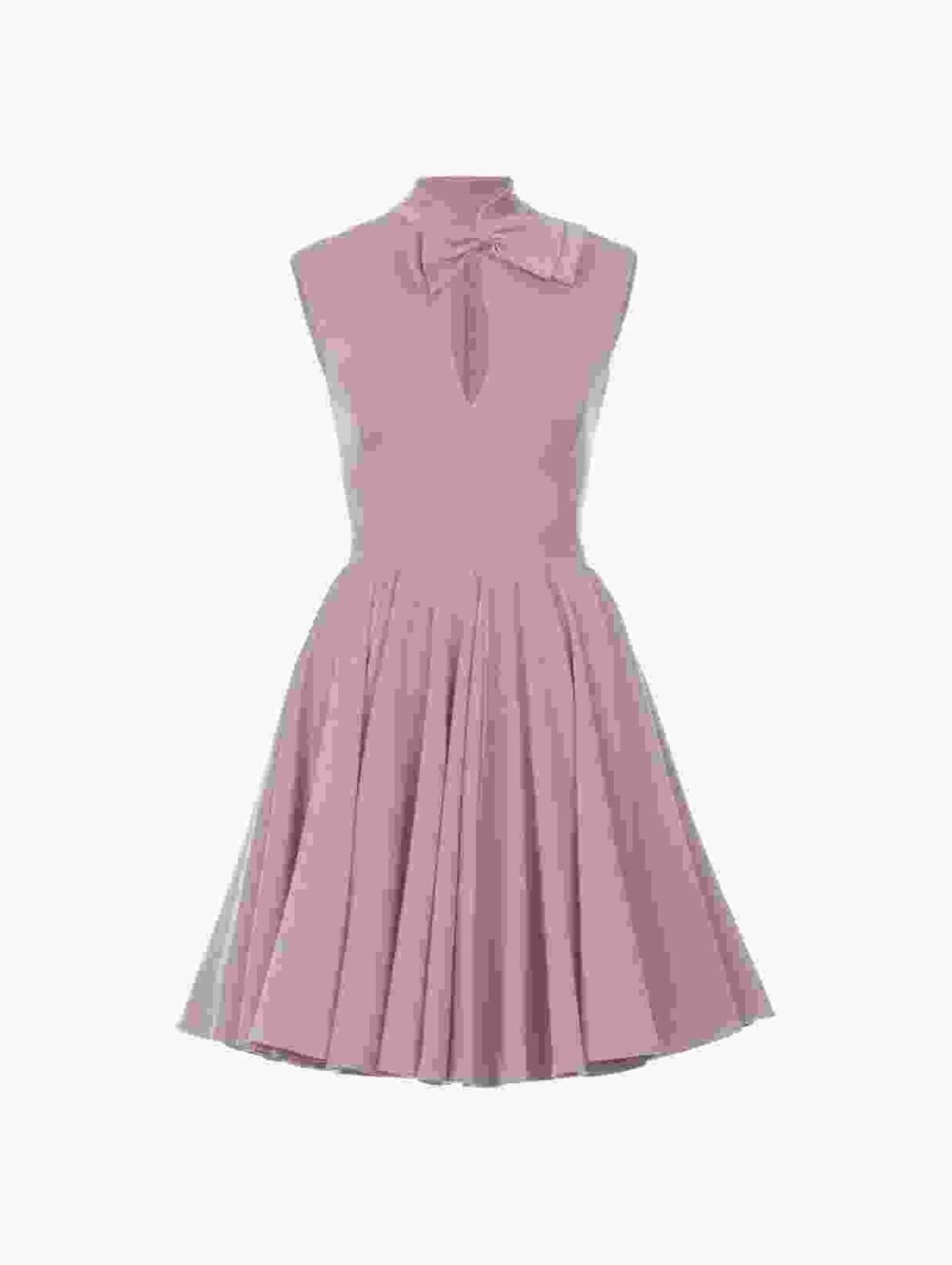You may produce content for each phase of the buyer’s journey; did you know that? By doing this, you can ensure that content development is never a guessing game. Whether your ideal client is a new follower of your blog or is stalled on your product/service page contemplating a purchase, your content may reach and influence them at every point in between. In this article, we will examine idea content types, how to create a content map, content mapping examples, content mapping for websites and ultimately brainstorm content ideas for a successful content marketing plan. In addition, we will also look into content mapping marketing, how content marketing works for advertisers, how content marketing works for businesses and finally content mapping vs content marketing.
Each piece of content you release has the potential to be a potent educator and motivator that appeals to your prospect’s emotions. Any content—blogs, articles, eBooks, case studies, landing pages, infographics, videos, you name it—can strive to engage readers at the appropriate moment and location. The secret to making sure this occurs? Content Mapping.
You need an efficient content map if you want the proper individuals to see your material. You can ensure that you are targeting the correct audience by organizing your material and knowing why you are doing it.
What is Content Mapping?
Developing a content strategy that targets consumers at every stage of the buying process is known as content mapping. Any content marketing plan must include this approach to divide the burden and utilize various parts for different goals. It is the process of arranging and arranging material according to the user’s demands at each point of the journey and with the ultimate objective of promoting conversions. An effective content strategy includes content mapping as a crucial component.
 Your company goals will ultimately determine the purpose of content mapping. Nevertheless, creating a customized content experience for your audience is the main objective of this project. In the end, a content map aids in organizing your strategy for engaging, nurturing, attracting, and supporting new clients at every stage of their purchasing process.
Your company goals will ultimately determine the purpose of content mapping. Nevertheless, creating a customized content experience for your audience is the main objective of this project. In the end, a content map aids in organizing your strategy for engaging, nurturing, attracting, and supporting new clients at every stage of their purchasing process.
Why should you do Content Mapping for website?
Content mapping for website is essential to ensure your content marketing is strong and dispersed equally throughout the client experience. It benefits not just your company but also your clientele. Let’s examine the advantages in greater detail.
Create more relevant content for each buying stage
You may develop targeted content to grow an audience with a solid content marketing plan. You may develop tailored content to nurture that audience at every point of the purchase experience with an effective content marketing strategy, such as one that incorporates content mapping. Recall that the buyer’s journey is the investigation your buyer does when they learn about an issue, weigh their alternatives, and decide what to do about it.
Get more returns from each content piece
Finding a clear goal for every content you post is another benefit of content mapping. Each of them will be made with a specific aim that aligns with your objectives, the target audience’s requirements, and their current purchasing stage. This increases the amount that each component must weigh.
Get more engaged, invested, loyal customers
What will happen when you offer excellent content to your consumers at every point in their journey? Similarly, invested and interested customers will result from the connection, engagement, and affinity you create. After all, if you provide a fantastic product or service, you’ll have them hooked. This is how brand advocates are made. Fervent supporters. Satisfied clients.
Content mapping should be used to ensure you assist your prospects at every stage of the process. Customers enamored with you will inevitably result from that level of customization and attention to detail.
How to create a Content Map?
A content map is a strategy that outlines how your company will reach out to potential clients with content wherever they are in the normal buyer’s journey. To put it another way, a content map shows you precisely how and when your target audience will see your material. Additionally, it demonstrates how to tailor your material to your target audience as they proceed through the purchasing process. It’s a brilliant idea to ponder on how to create a content map in addition to a content strategy.
Having a content plan in place before you begin. Your content strategy will be unbelievably helpful because so much of the work will be done for you—including defining your content goals, studying your audience, and developing personas. This advice will still be very helpful even if you don’t have a content strategy.
After your content map is finished, you’ll know how to link every content you produce to every phase of the buyer’s journey for the target demographic.
Who: Research your audience and create personas
The most crucial component of the content mapping puzzle is your target audience. If you don’t understand them deeply, you’ll be lost. To provide customers with fully tailored information at the appropriate time and location, you must know their preferences, behaviors, habits, and requirements. How can one get such knowledge? The use of audience analysis.
How can you synthesize and improve the use of the information you get from audience research? By developing customer personas, which are made-up characters or avatars that symbolize actual audience data? Every persona is a collection of the traits that your audience has in common.
What: Map out the buying stages of your persona(s)
Once your personas are established, you may outline the typical stages of buying that each persona experiences, together with their objectives, difficulties, and ideas. The stages of the buyer’s journey were mentioned previously, but to refresh your memory, they are as follows:
Awareness: The customer is aware that they have a problem but cannot identify it precisely or are unsure of what it is yet. They are exhibiting signs of an issue.
Consideration: The buyer has identified the issue they are facing. They can define and name it. They are currently considering potential fixes.
Decision: The buyer compares the top suppliers or goods that deliver the chosen solution after deciding which one to utilize.
Your personas will have distinct wants, ambitions, questions, and worries at each step. Make an effort to identify these for every buyer stage and character.
Where/when: Map out content types and topics for each stage of the buyer’s journey
Your personas are now linked to purchase phases, so we can examine each separately to determine what material we can provide to support them. Consider this: How can you use content to meet the demands and objectives of your buyer at every stage? Which keywords may they utilize to solve their problems at each step of the research process? Let’s examine the typical content you may employ to target customers at each level, whether they are in the Awareness, Consideration, or Decision stages.
Awareness content
Your awareness material should inform your audience. It needs to assist them in recognizing and comprehending an issue, the significance of it, and the best course of action.
Types of content: Content types include social media postings, blogs, ebooks, checklists, infographics, and how-to instructions.
Conte Mapping Examples of awareness topics:
- BetterUp’s “10 Ways to Take Time for Yourself”
- Mint’s Guide to Money Saving
Consideration content
Your consideration material should assist your viewers in making decisions. You may educate students to compare and contrast every solution for a given issue. Alternatively, inform them about a certain approach and why it works best.
Idea content types: Content types include tutorials, webinars, case studies, white papers, product comparisons and evaluations, and how-to manuals.
Content Mapping Examples of consideration topics:
- LocaliQ’s 20 Ways to Increase Website Visibility
- Greatest Down Comforters for 2024
Decision content
Convincing your audience that your product or service best fits their requirements is the main goal of decision content. This is more about communicating the value and advantages of what you have to offer in a way that showcases your experience than it is about making sales pitches.
Idea content types: Content types include case studies, product features, testimonials and reviews, and landing pages.
Examples of decision topics:
- Web flow’s landing page
- 12 Things That Only Ahrefs Can Do
How: Use your content map to evaluate existing content/plan new content
A content map is a terrific tool for helping you get an overview of all the material you have previously created and how each piece benefits customers. This can assist you in identifying any gaps that need to be filled and reach more consumers at a stage you might be neglecting.
After classifying your previous material, you need to clearly understand the gaps in your plan that need to be filled to cater to various stages of the purchase process. Initially, you should concentrate on covering those gaps. Make use of your content map for support. Three categories of information need to be included on your content map by now:
- Your personas as buyers.
- How content categories correspond to the phases of your customer journey.
- Each persona’s objectives, difficulties, and potential courses of action during the purchasing process.
Use your content map to guide your brainstorming process so that you can produce tailored, targeted content for each step of your persona’s purchasing experience. Examine your persona, their needs at each level, and the terms they use to find what they need. Use a keyword tool to research these demands and discover areas where content might be optimized. Find comparable subjects you might potentially cover by using these phrases.
Conclusion
At first, content mapping may appear difficult. However, you need a content map to provide your clients with outstanding material throughout their purchasing process. The challenging part is learning how to make one and brainstorm content ideas. Once you get the plan down, you’ll utilize your content map in ways you never would have thought possible to gain a deeper understanding of your persona, gain important insights about their purchasing process, and create perfectly tailored content to meet their demands.


